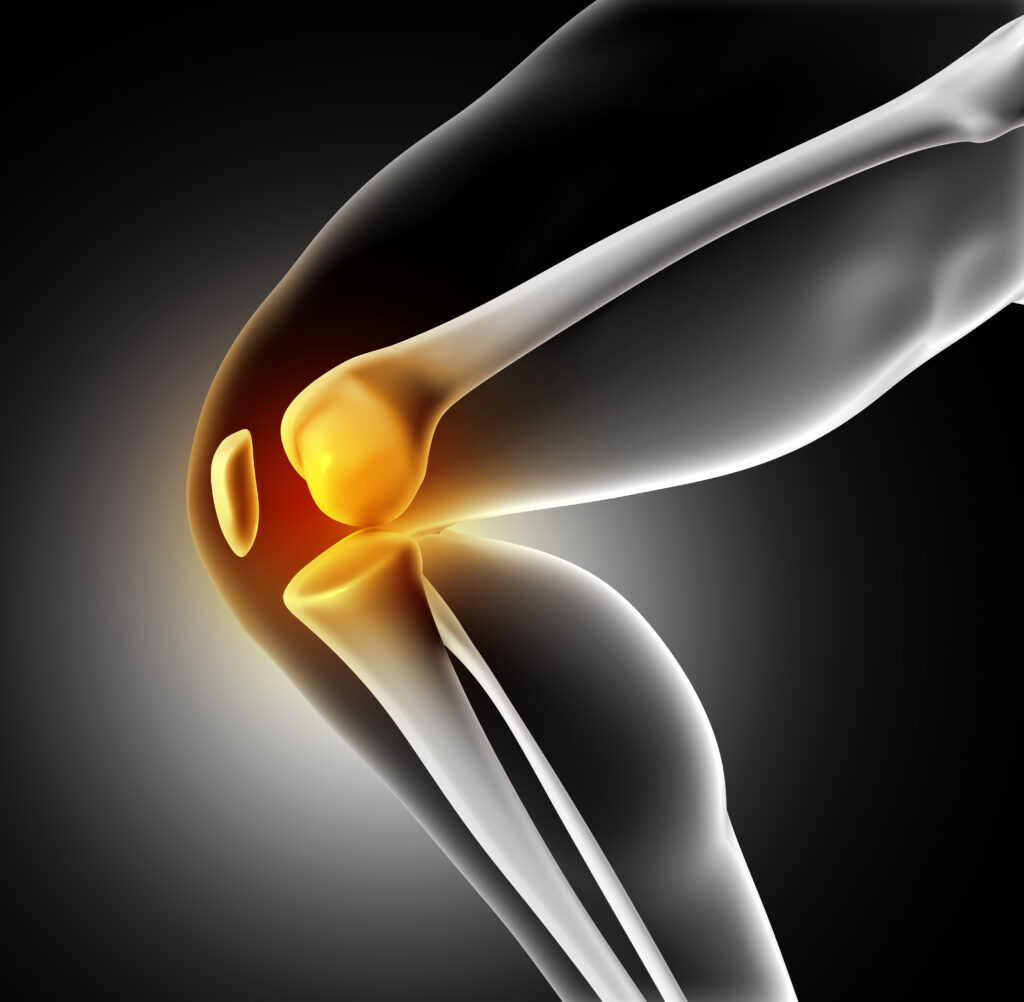
FST Why it works
Learn why FST works & why you need it!
Unleash Your Body’s True Potential. Discover the Power of Fascial Stretch Therapy (FST)
Are you feeling tight, stiff, or limited in your movement?
Tension and stiffness doesn’t have to be forever.
Experiencing persistent aches or struggling to recover from workouts?
Relief and flexibility is possible at any age.

It’s time to unlock the hidden key to better movement, reduced pain, and enhanced performance
Fascial Stretch Therapy (FST)
FST is a unique, assisted stretching technique that targets your fascial system – the intricate web of connective tissue that surrounds and interpenetrates every muscle, bone, nerve, and organ in your body.
“Fascia is a thin casing of connective tissue that surrounds and holds every organ, blood vessel, bone, nerve fiber and muscle in place. The tissue does more than provide internal structure; fascia has nerves that make it almost as sensitive as skin. When stressed, it tightens up.”
– Johns Hopkins Medicine
FST addresses this tightness directly.
— It can lead to profound and lasting changes.

Why FST Works:
- Targets the Fascial System: Unlike traditional stretching that primarily focuses on muscles, FST specifically addresses the fascia, which plays a critical role in flexibility, stability, and movement.
- Decompresses Joints: Gentle traction applied during FST helps to decompress joints, increasing joint space and reducing friction.
- Mobilizes Nerves: FST improves the mobility of nerves within the fascial system, which can alleviate nerve impingement and related pain.
- Unlocks Chains of Movement: The body functions as a series of connected chains. FST works along these fascial lines, improving global movement patterns, not just isolated areas.
- Optimizes Fluid Flow: By improving fascial elasticity, FST enhances the flow of blood, lymph, and synovial fluid, promoting better nutrient delivery and waste removal.

How is FST So Effective:
- Assisted, Pain-Free Stretching: Performed by a certified therapist, FST allows you to achieve deeper stretches than you could on your own, all within your pain-free range.
- Neuromuscular Re-education: It re-trains your nervous system to allow for greater ranges of motion, resetting your body’s “stretch reflex.”
- Sustainable Results: By addressing the root cause of stiffness and restriction in the fascia, FST provides longer-lasting improvements in flexibility and mobility compared to passive stretching.
- Holistic Approach: FST considers the entire body and its interconnectedness, leading to comprehensive improvements in posture, balance, and athletic performance.
- Customized to Your Needs: Each FST session is tailored to your individual body, limitations, and goals, ensuring the most effective and personalized treatment.
Why You Need FST:
- Eliminate Chronic Pain: Effectively reduce or eliminate back pain, neck pain, headaches, and joint stiffness.
- Improve Athletic Performance: Enhance your range of motion, power, agility, and reduce your risk of injury, whether you’re an elite athlete or a weekend warrior.
- Increase Flexibility & Mobility: Gain significant improvements in how freely and easily you can move your body in daily activities.
- Accelerate Recovery: Speed up post-workout recovery and reduce muscle soreness, getting you back to your activities faster.
- Reduce Stress & Tension: The gentle, rhythmic movements of FST promote deep relaxation, calming your nervous system and alleviating mental and physical stress.
- Enhance Posture: Correct imbalances and improve body alignment for a stronger, more confident stance.
- Prevent Injuries: By improving flexibility and addressing imbalances, FST helps prevent future injuries.
Ready to experience the freedom of movement you deserve?
**Mention this post and receive 20%OFF your first session – FSTWORKS20
FASCIA FACTS
— Fascial unity influences not only movement but also emotions
— Fascia continuum constantly transmits and receives mechano-metabolic information that can influence the shape and function of the entire body
— Fascia study is an emerging science: “in connective tissue, there are other types of cells not yet wholly studied and cataloged”
— Surgical adhesions are the result of a lack of sliding between the various fascial layers
— Chronic fatigue can be related to the fascial system
— There are 4 types of fascial sheets: thoracolumbar fascia, the fascia lata, the pannicular fascia, the fascia profundis
BOOK YOUR FST SESSION
“Fascia knows where you are in the world; it’s loaded with position sensors that contribute to your sense of balance and feeds those bearings directly to that fear-conditioning corner of your brain, the amygdala. Any movement grooved into the fascia feels soothing, gratifying, efficient; try to unlearn it, as any batting coach or ballet teacher will tell you, and you’re in for a struggle. New movements, no matter how necessary or logical, just feel wrong.”
― Christopher McDougall, Born to Run: A Hidden Tribe, Superathletes, and the Greatest Race the World Has Never Seen